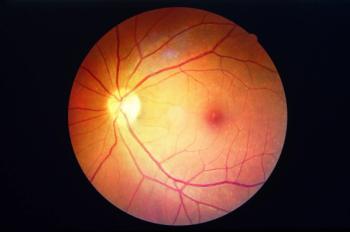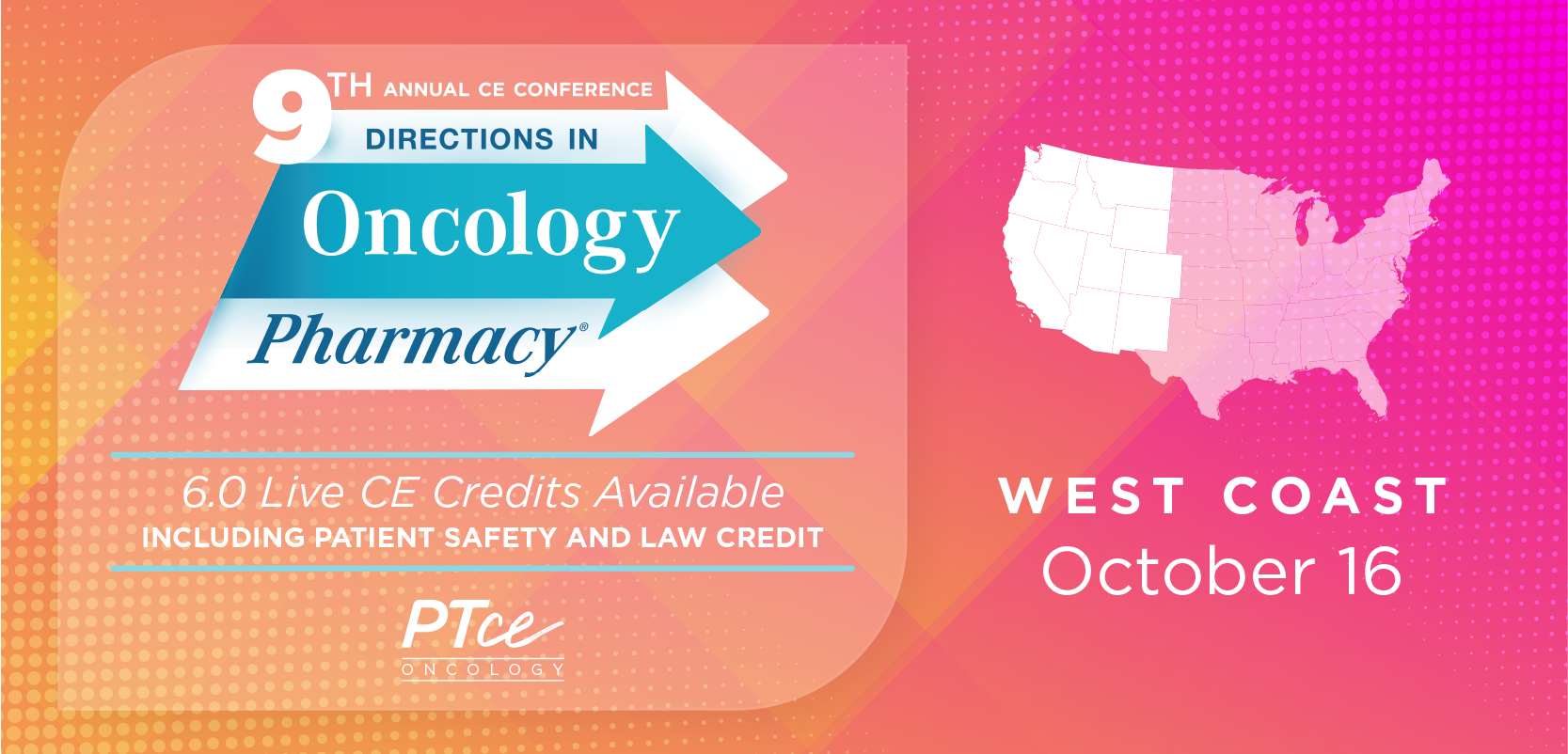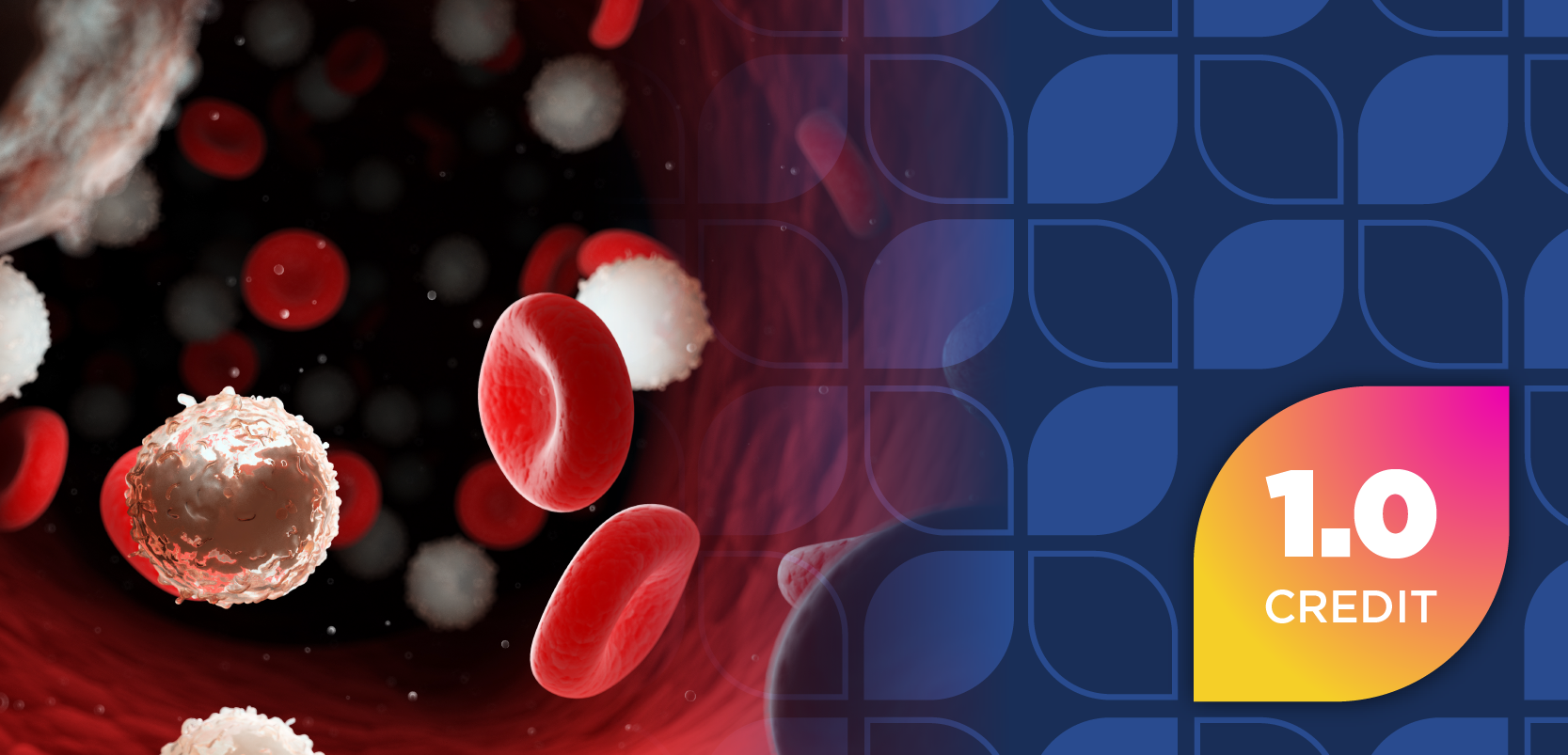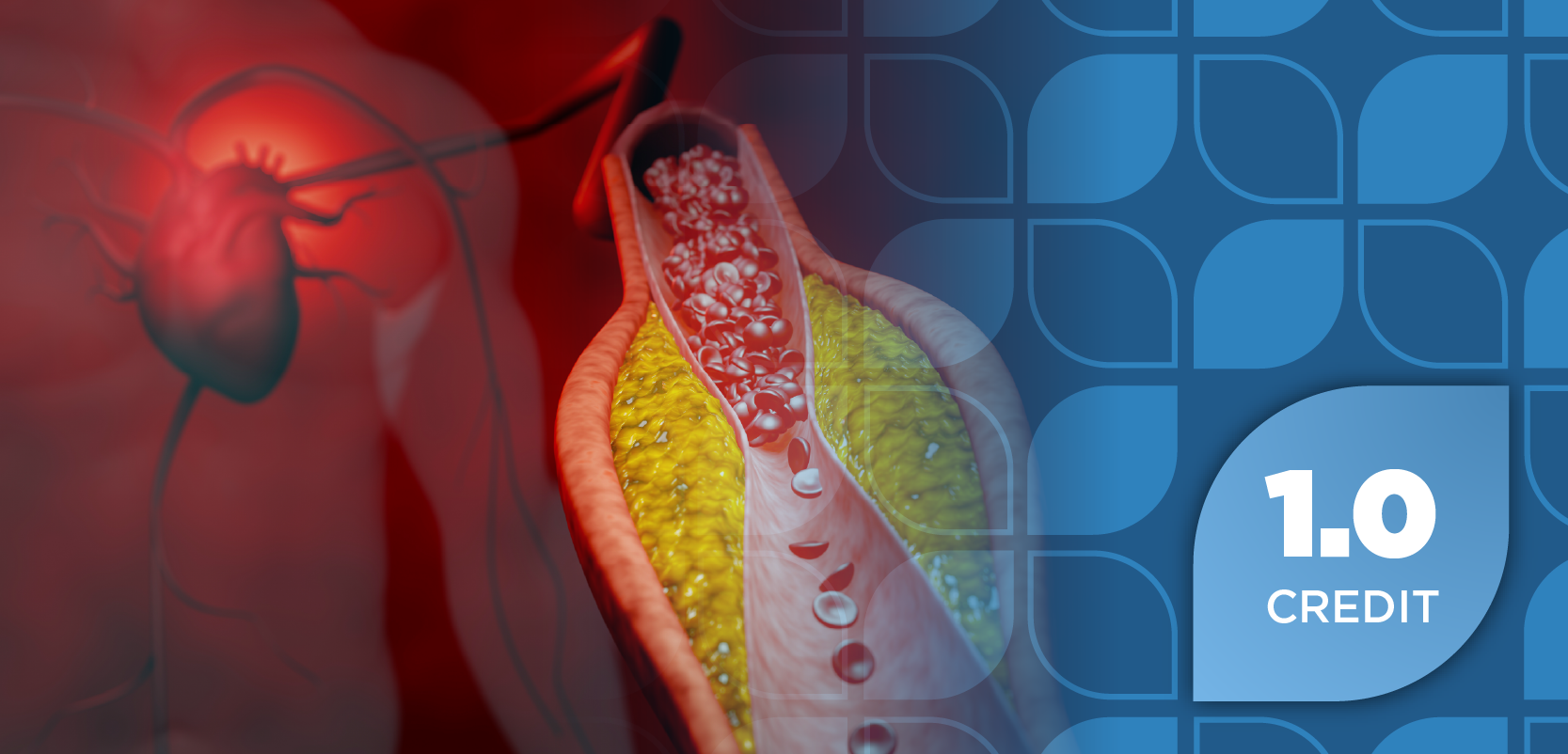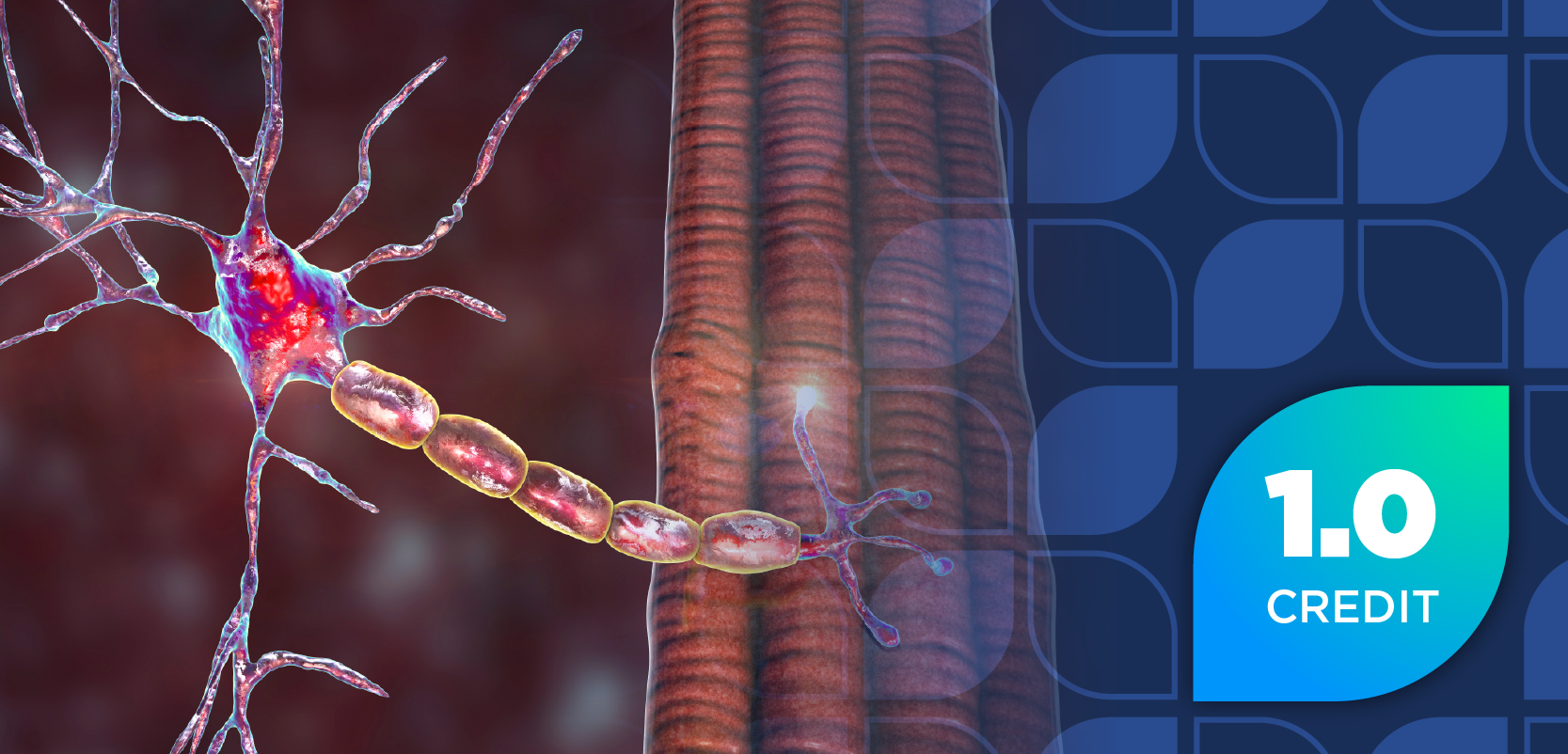
Glaucoma: Getting a Clear View
Early detection and treatment are key to protecting eyesight.
Early detection and treatment are key to protecting eyesight.
If you or someone you care about has been diagnosed with glaucoma, you probably have many questions and concerns. Glaucoma is a group of eye diseases that damage the optic nerve—the bundle of nerve fibers that carry information from the eye to the brain.1 Glaucoma may develop in 1 or both eyes and can initially lead to loss of peripheral (side) vision; if left untreated, however, it can lead to blindness.1
Glaucoma can happen if your eye pressure is normal, but is typically caused by an increase in eye pressure (also known as intraocular pressure) in most cases. As the optic nerve becomes more damaged, blank spots may appear in your field of vision. Glaucoma is considered to be one of the leading causes of blindness, especially among African Americans and Hispanics.2 According to the Glaucoma Foundation, an estimated 3 million individuals in the United States have been diagnosed with glaucoma, although more than half of the individuals who have the eye disease are unaware they have it since the disease often does not show symptoms in its early stages.2,3 In addition, an estimated 67 million individuals worldwide have glaucoma, the incidence of which increases around 65 years of age; however, it can occur at any age.4
Types of Glaucoma
The 2 most common forms of glaucoma are primary open-angle and angle-closure.5 Other types include normal tension, congenital glaucoma, and pigmentary glaucoma. Both open-angle and angle-closure glaucoma can be classified as primary or secondary conditions.5 If the cause is unknown, it is referred to as primary glaucoma; if the cause is known, such as an eye injury, inflammation, advanced cataracts, or diabetes, it is referred to as secondary glaucoma.5,6
Primary Open-Angle Glaucoma
Primary open-angle glaucoma accounts for an estimated 95% of glaucoma cases.7 Initially, there will be no symptoms; however, peripheral vision gradually decreases before disappearing altogether.7 If left untreated, gradual vision loss or blindness may result. Since there are often no symptoms, especially in the early stages, a comprehensive eye exam may help to detect primary open-angle glaucoma. Most cases respond well to medication if caught early and treated.
Angle-Closure Glaucoma
Angle-closure glaucoma (also known as closed-angle glaucoma) is responsible for an estimated 10% to 15% of glaucoma cases. This type of glaucoma occurs when the normal flow of the fluid (aqueous humor) between the iris and the lens is blocked, typically by a structural defect in the eye. Angleclosure glaucoma is considered a medical emergency because individuals can lose their sight in as little as 1 to 2 days without proper treatment.1
Individuals with this type of glaucoma experience a sudden increase in eye pressure and may exhibit symptoms such as severe eye pain, nausea, blurred vision, eye redness, and seeing a rainbow halo around lights.1 If you experience any of these symptoms, seek treatment immediately. Prompt and proper treatment, including laser surgery and medications, may clear the blockage and preserve your eyesight.1
Risk Factors for Glaucoma
While glaucoma can affect anyone, certain factors may increase an individual’s risk of developing the disease (Online Table 1).8,9 Glaucoma is 6 to 8 times more common in African Americans than in Caucasians, and according to the Glaucoma Research Foundation, African Americans are 15 times more likely to be visually impaired from glaucoma compared with Caucasians.9 The incidence of glaucoma is increasing among Hispanic patients as well.9
Table 1: Risk Factors for Glaucoma
- Family history of glaucoma
- Elevated eye pressure
- 40 years or older and African American
- 60 years or older among the general population
- Having African, Asian, or Hispanic ancestry
- Having uncontrolled diabetes or hypertension
- Hypothyroidism
- History of migraines
- Eye injury
- Previous eye surgery
- Routine or long-term use of corticosteroids
- Having severe nearsightedness
- Having a thin central cornea thickness
Diagnosis
Several diagnostic tests are available to screen for glaucoma. First and foremost, get a comprehensive eye exam. To detect glaucoma during this exam, your doctor will perform a series of diagnostics, such as measuring your eye pressure using a tonometer, testing your central and peripheral visions, measuring your vision using an eye chart, examining the interior and front of your eye, and taking an image of your optic nerve.10
Treatment
While there is no cure for glaucoma and any damage to vision before diagnosis is irreversible, various treatments are available, including eyedrops, oral medications, laser therapy and/or surgery, or a combination of these therapies. If left untreated, glaucoma can cause progressive vision loss and blindness.
Medications used for glaucoma can help reduce elevated eye pressure and prevent damage to the optic nerve. Your physician will decide which medication is best for you and counsel you on the proper dose, administration, and dosing intervals, as well as possible adverse effects (AEs) of the medication. Tell your doctor about your allergies, other medical conditions, and medications that you are taking—including prescriptions, OTC drugs, nutritional supplements, or alternative or homeopathic products. This information is critical in preventing drug—drug interactions. Some individuals may need surgery, however, especially if their prescribed medication is not sufficient or the AEs are intolerable.
Various eyedrops are available, some as combination products, to help manage glaucoma. For eyedrops to be effective, you need to know how to properly administer them. It is important to follow the prescribed therapy and take medications as directed. Recommended steps for proper administration of eye medication include11:
- Always use the drops first if you use both eye ointments and eyedrops.
- Always wash your hands with warm water and soap before applying drops.
- Tilt your head back and to pull down the lower eyelid to form a pocket.
- Hold the bottle as close to your eye as possible without actually touching the eye and apply the medication.
- Close the eye for at least 1 minute after applying the drop to prevent it from draining out.
- Wait at least 5 minutes before administering another drop, if a second drop is needed.
- Always wash your hands after administering the drops.
- Store your medication in a proper place away from children.
For more information on administering eyedrops, visit the Glaucoma Research Foundation website at www.glaucoma.org/treating/eyedrop_ tips_1.php or www.glaucoma .org/treatment/glaucoma-eye-dropssuggestions- on-use.php.
Nonpharmacologic Measures
In addition to using medication, schedule routine checkups with your eye specialist. Since glaucoma and some of the medications used to treat it can make eyes extra sensitive to light and glare, using sunglasses can help to protect vision (even on cloudy days). Sunglasses should block at least 99% of UVB rays and 95% of UVA rays.
A Final Word
For glaucoma treatment to be effective, you must take your medications as directed and discuss any AEs with your health care provider. Most glaucoma cases can be effectively managed with early detection, proper treatment, and routine eye exams. See Online Table 2 for more information. Empower yourself with knowledge and preserve your eyesight!
Table 2: Educational Resources on Glaucoma
- American Academy of Ophthalmology: www.geteyesmart.org/eyesmart/diseases/glaucoma/index.cfm and www.geteyesmart.org/eyesmart/living/six-helpful-hints-for-people-taking-glaucoma-medication.cfm
- American Glaucoma Society: www.glaucomaweb.org
- Glaucoma Research Foundation: www.glaucoma.org
- The Glaucoma Foundation: www.glaucomafoundation.org
- National Eye Institute: www.nei.nih.gov/health/glaucoma/
Ms. Terrie is a clinical pharmacist and medical writer based in Haymarket, Virginia.
References
- Facts about glaucoma. National Eye Institute website. www.nei.nih.gov/health/glaucoma/glaucoma_facts. Accessed May 7, 2015.
- About glaucoma. Bright Focus Foundation website. www.brightfocus.org/glaucoma/about/. Updated August 30, 2013. Accessed May 7, 2015.
- Glaucoma facts and stats. Glaucoma Research Foundation website. www.glaucoma.org/glaucoma/glaucoma-facts-and-stats.php. Updated May 5, 2015. Accessed May 7, 2015.
- Get involved. The Glaucoma Foundation website. www.glaucomafoundation.org/Get_Involved.htm. Accessed May 7, 2015.
- Understanding glaucoma. Glaucoma Research Foundation website. www.glaucoma.org/glaucoma/types-of-glaucoma.php. Updated April 14, 2015. Accessed May 7, 2015.
- Secondary glaucoma. Glaucoma Research Foundation website. www.glaucoma.org/glaucoma/secondary-glaucoma.php. Updated February 18, 2015. Accessed May 7, 2015.
- Glaucoma facts and statistics. Bright Focus Foundation website. www.brightfocus.org/glaucoma/about/understanding/facts.html. Updated March 16, 2015. Accessed May 7, 2015.
- Boyd K. Who is at risk for glaucoma? eyeSmart website. www.geteyesmart.org/eyesmart/diseases/glaucoma/risk.cfm. Updated December 5, 2014. Accessed May 7, 2015.
- Are you at risk for glaucoma? Glaucoma Research Foundation website. www.glaucoma.org/glaucoma/are-you-at-risk-for-glaucoma.php. Updated January 13, 2011. Accessed May 7, 2015.
- Five common glaucoma tests. Glaucoma Research Foundation website. www.glaucoma.org/glaucoma/diagnostic-tests.php. Updated April 22, 2013. Accessed May 7, 2015.
- Robin AL. Glaucoma eye drops: suggestions on use. Glaucoma Research Foundation website. www.glaucoma.org/treatment/glaucoma-eye-drops-suggestions-on-use.php. Updated August 20, 2012. Accessed May 7, 2015.
Newsletter
Stay informed on drug updates, treatment guidelines, and pharmacy practice trends—subscribe to Pharmacy Times for weekly clinical insights.




